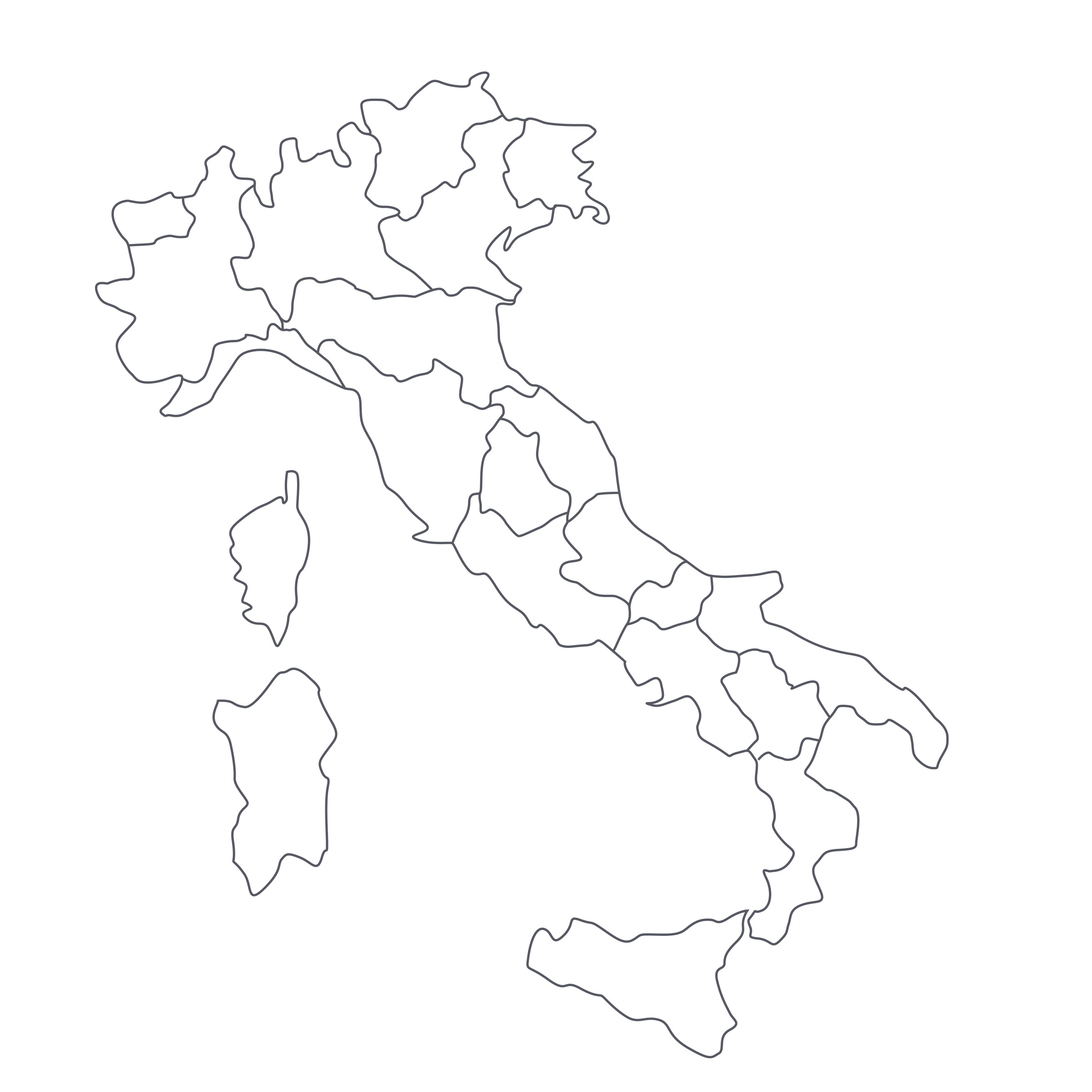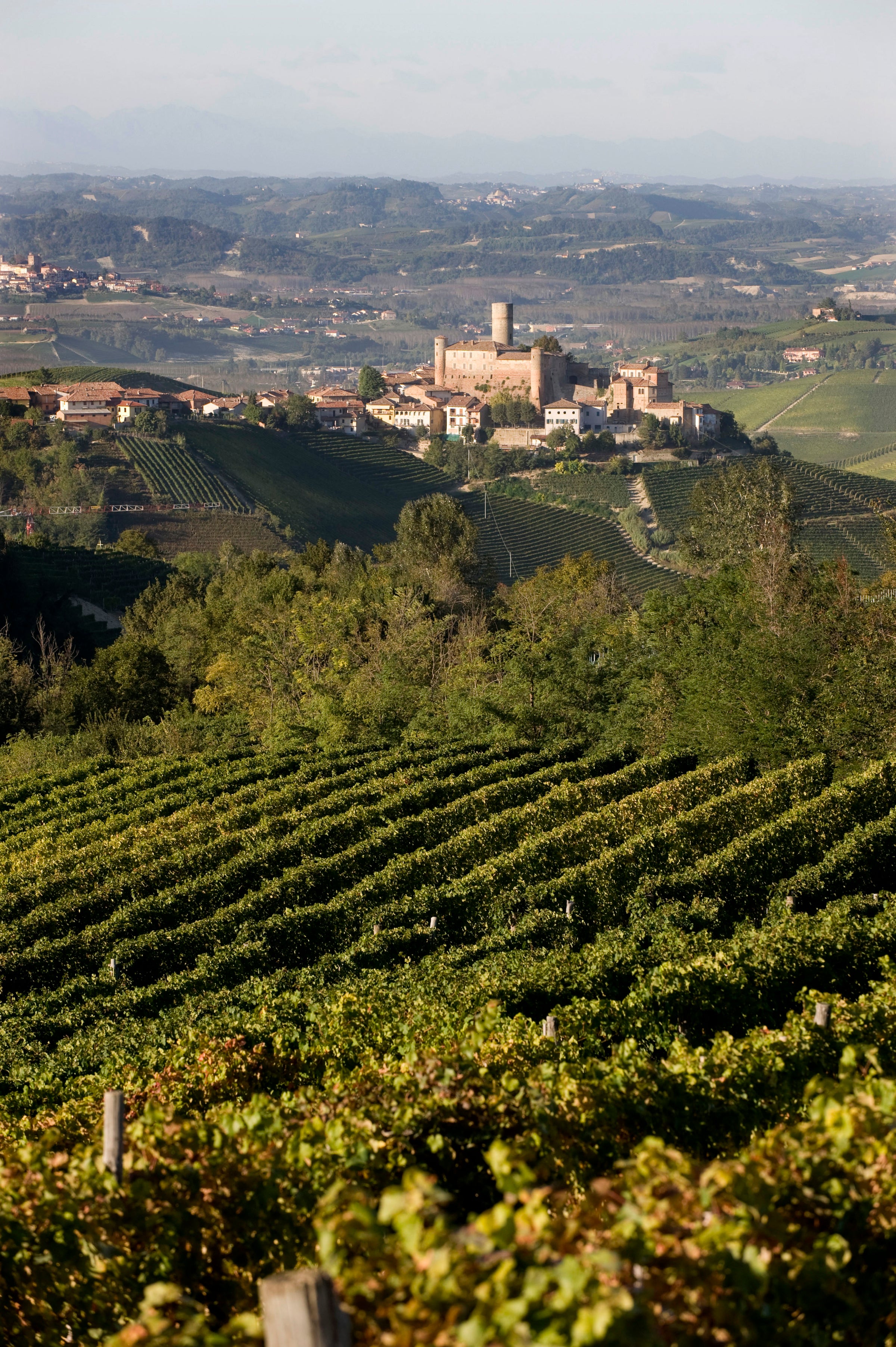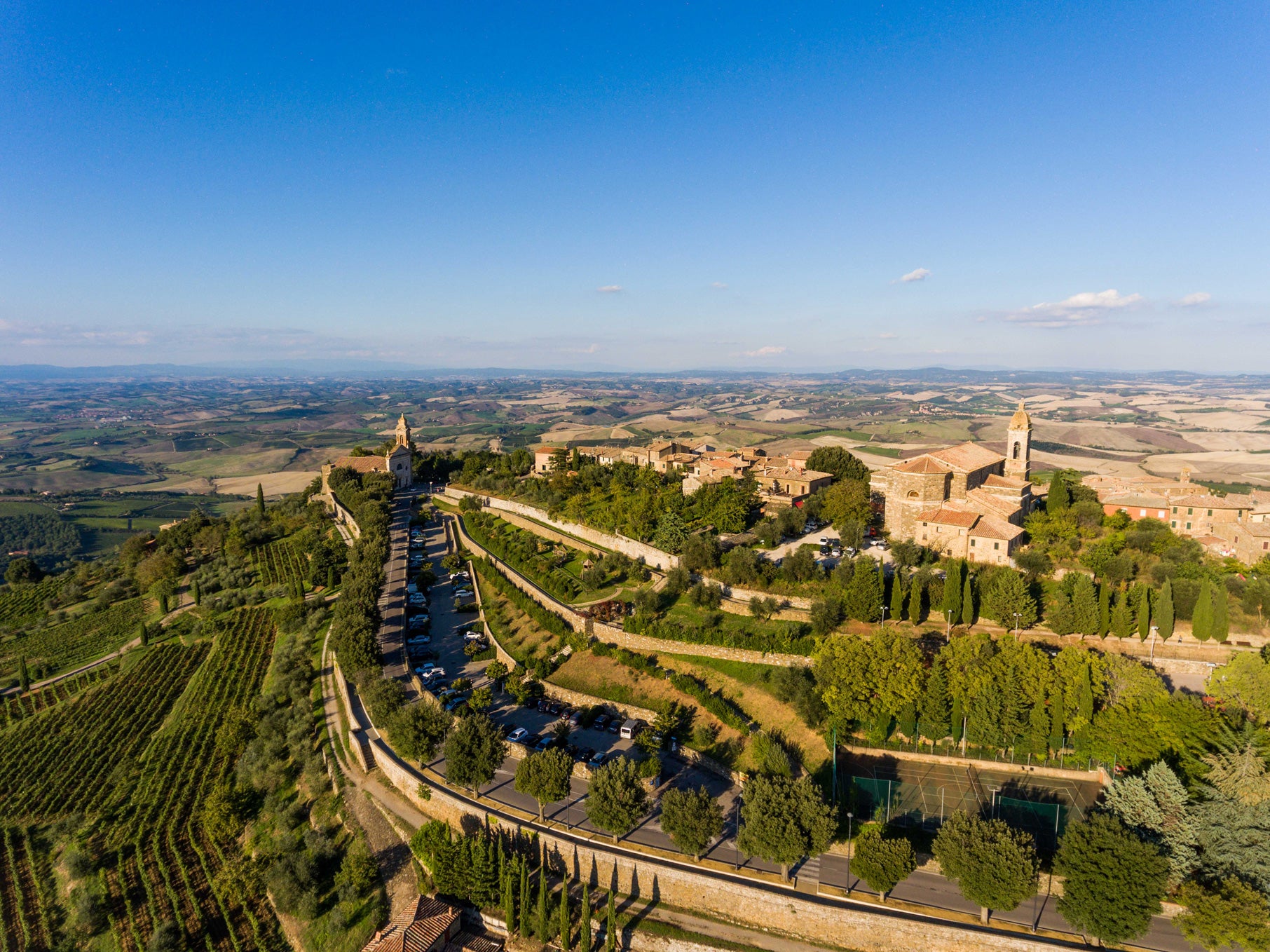We tend to shy away from the word “perfect” in our offers, but I’m not sure why. We encounter quite a few perfect wines in our travels, if you consider the word to mean “as good as it is possible to be.” That’s one of the dictionary definitions, and it fits today’s Rosso di Montalcino, um, perfectly.
The 2017 vintage in Montalcino was a hot one, yet while Piancornello’s Rosso shows off some considerable depth, it otherwise doesn’t come across as a “hot-vintage” wine. It is instead impeccably balanced, full of energy, and such a detailed study of the varietal character of Sangiovese it should be taught in wine school. In addition to being a straight-up delicious and quite-affordable wine, today’s 2017 is also, as Rosso di Montalcino is supposed to be, a signal of great things on the horizon—having tasted it, I can’t wait to see what Piancornello’s 2017 Brunello di Montalcino is like when it is released (which, by law, will be January of 2022). Let’s just say you should circle your calendar while enjoying this best-in-class Rosso in the meantime. I often find myself drawn to these wines anyway, given their more modest proportions and subtle/non-existent oak influence, but this one is on another level regardless. We can’t recommend it highly enough!
This is the third wine we’ve offered from Piancornello in a relatively short period of time—a testament to an estate that has been on a roll lately. The property is tucked away in the hamlet of Sesta, at the southern end of the Montalcino DOCG near Castelnuovo dell’Abate. It has been in proprietor Claudio Monaci’s family since the 1950s, but they sold their grapes to others for many years before introducing their Piancornello label in the early 1990s. With esteemed Tuscan consultant Maurizio Castelli offering guidance in the vineyards and cellar, Claudio and family farm about 10 hectares of vineyards organically, and obtained official certification in 2015; their small dimensions have prevented them from becoming a more-famous name in Montalcino, but the exceptional quality of the wines is not to be denied (and yes, the critics have noticed). When it comes to Sangiovese, Castelli is one of the acknowledged masters—he’s one of the best at showcasing the variety’s full range of aromatics, and he has always favored nerve and focus over extraction and weight in his wines.
Sourced from vineyards situated at roughly 250 meters’ elevation on the south slope of the Montalcino hill, today’s 2017 Rosso was fermented in concrete vessels using only ambient yeasts, then aged 12 months in used French oak
tonneaux barrels. There’s lots of polish to the wine but also the right amount of smoky, forest-floor savor. In the glass, it’s a deep ruby-red moving to garnet and pink at the rim, with beautiful aromas of ripe blackberries, black cherries, plums, violets, bay leaf, coffee grounds, sandalwood, and underbrush. Medium-plus in body and plenty ripe, its ample freshness keeps it balanced and focused, lending refreshing tang to the finish. The tannins are mild and soften further with 30+ minutes in a decanter, so I, for one, have found my “house red” for the Fall and beyond: This wine at 60 degrees in a Bordeaux stem is everything one could possible ask for in a Tuscan Sangiovese, so much so that I may skip the Brunello and just keep rolling with this Rosso—it really has everything I need and is one of the best-priced versions any of us has seen in a long time. Pair it with
bistecca, burgers, ribs…you’ll find plenty of occasions to pull a cork, so stock up accordingly. The attached recipe feels like a “perfect” pairing to me. Enjoy!




